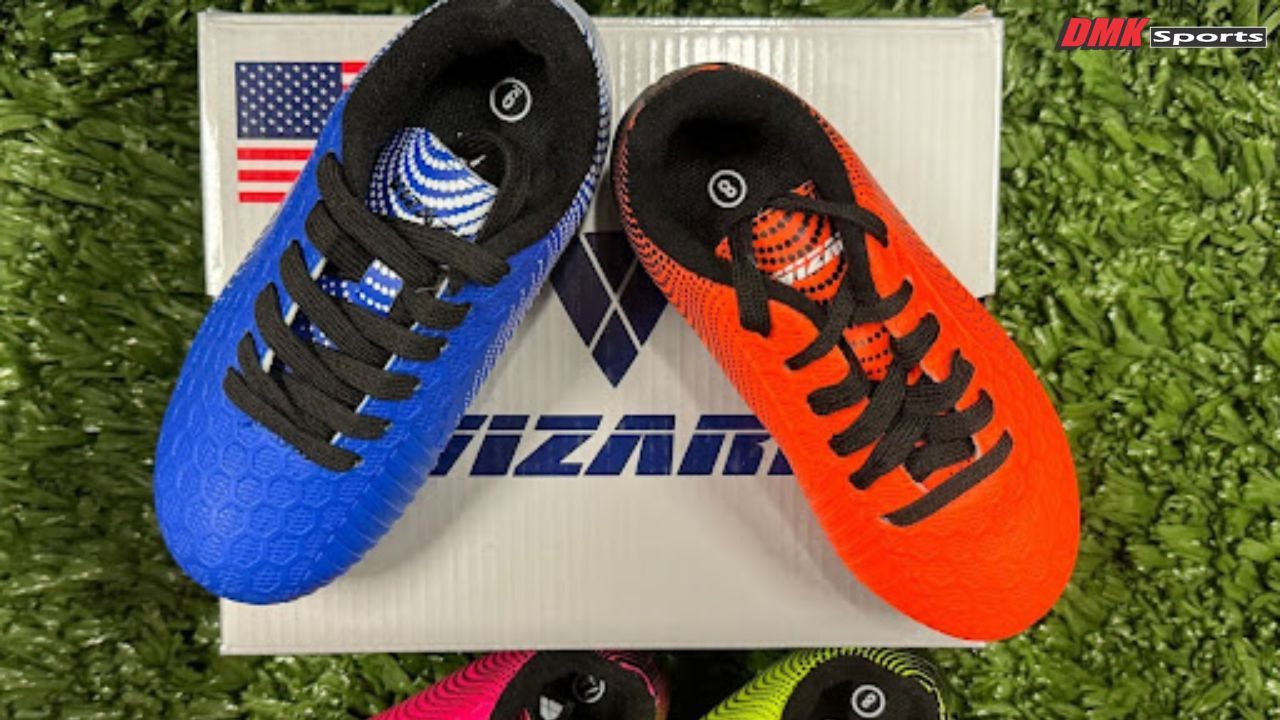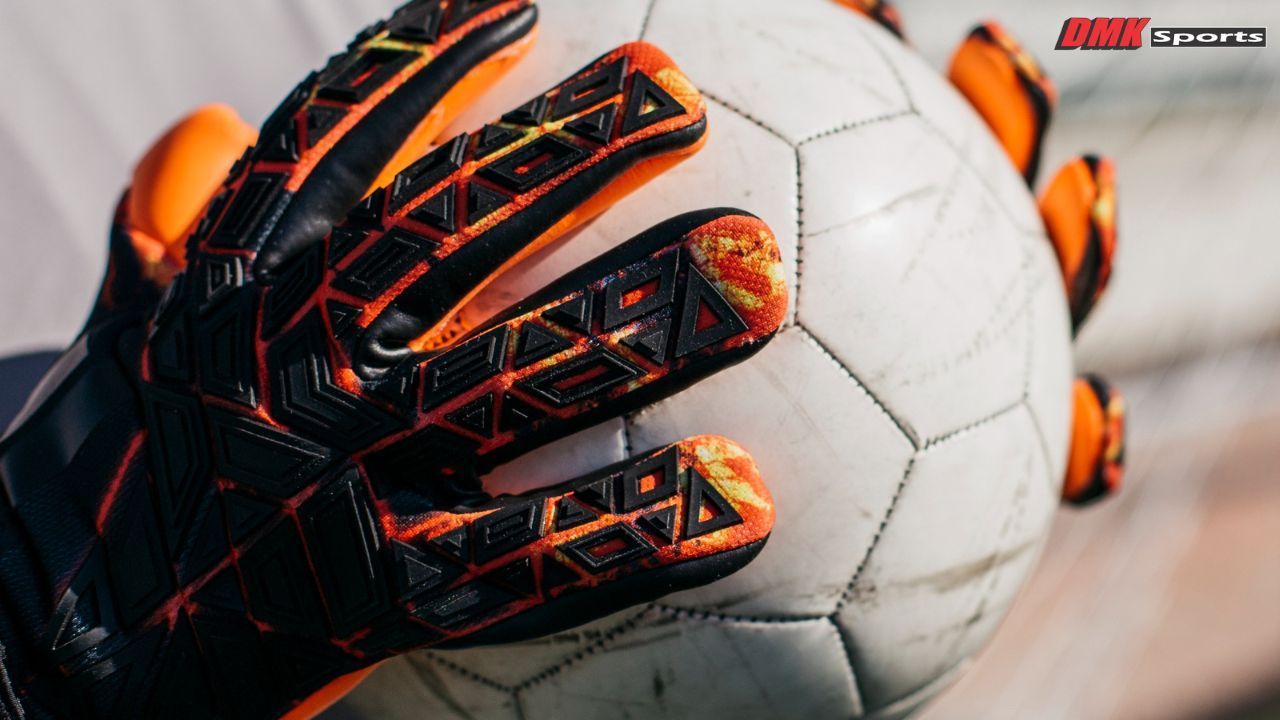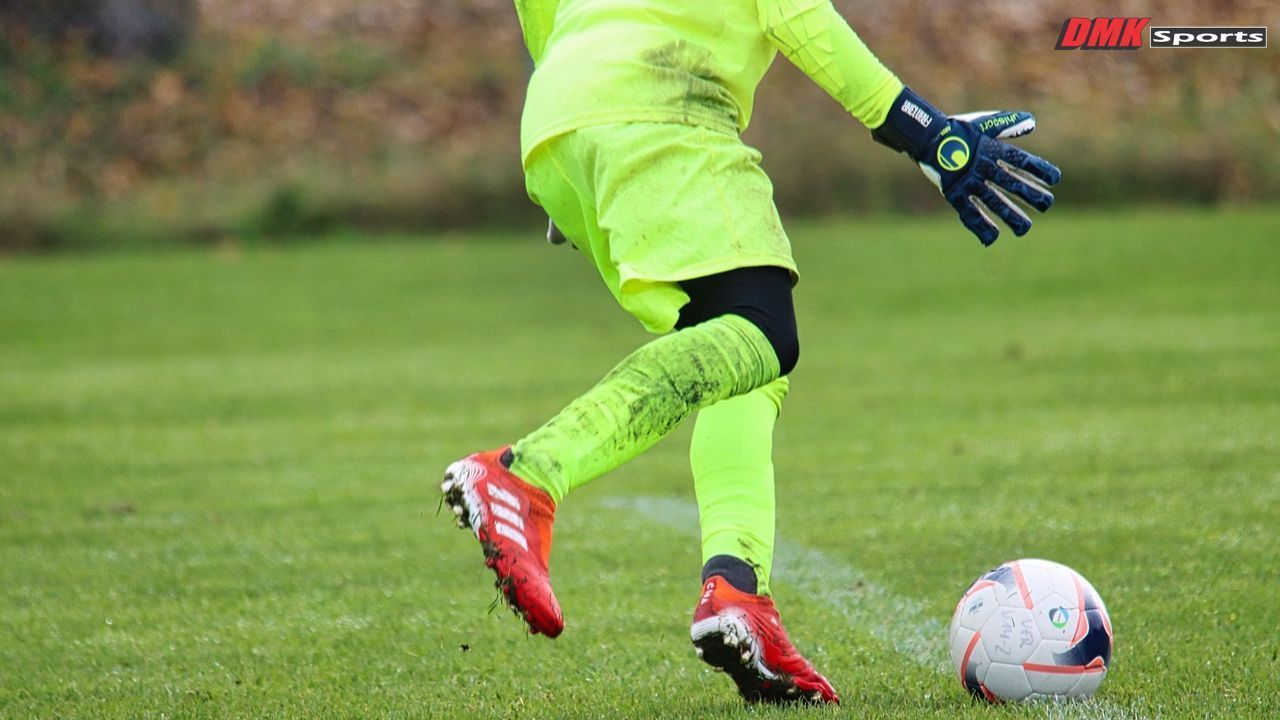Everything You Need to Know About Soccer Shin Guards

Soccer is one of the most fast-paced physical sports in the world. With constant contact, tackling, and movement, protecting your legs is truly essential.
Soccer shin guards are among the most important pieces of soccer gear that every player must have. The best soccer shin guards shield your shinbones from injury and help you play more confidently, whether you're a youth beginner or an adult pro.
This guide will help you understand what shin guards are, why they matter, how to choose the right ones, and where to buy the best models for every age and level.
The Essential Role of Soccer Shin Guards
Why Shin Guards Matter in Soccer
Shin guards help prevent bruises, cuts, and more serious leg injuries. In fact, they are mandatory in most leagues across youth and adult divisions. Even at the professional level, soccer players rely on them for protection in every match.
From youth shin guards to adult shin guards soccer players trust, having the proper gear is key to staying safe while maintaining performance.
Types of Soccer Shin Guards
There are several types of soccer shin guards, each offering different benefits depending on the player’s needs:
- Slip-in shin guards: these are lightweight and generally preferred by experienced players. They require tight socks or sleeves to stay in place while in action.
- Shin guards with ankle support: these are great for youth and beginner players alike, offering more protection around the lower leg.
- Shin guard socks: these are built-in shin pads that are easy to wear, often used by kids or younger players, given the ease of use.
For a full breakdown of available options, visit the full catalog of products at DMK Sports.
Understanding Soccer Shin Guard Sizing
Getting the right fit ensures both comfort and protection for your shins. Soccer shin guard sizing is based on your height and sometimes leg length. A poorly sized shin guard may not protect the right areas or could restrict movement.
Here’s a basic sizing guide:
- Youth Small: height under 4'7"
- Youth Medium: height between 4'7" and 5'3"
- Adult Small: height between 5'3" and 5'11"
- Adult Large: height over 5'11"
Each brand may vary slightly, so it's good to consult the relevant brand’s sizing chart for accurate soccer shin guard sizing before you buy. For example, the Adidas Youth Ghost model has its own size chart and is easily available through DMK Sports.
How to Wear Shin Guards the Right Way
Knowing how to wear shin guards can make a big difference. Then:
- Start by placing the guard directly on the shin, between your knee and ankle.
- If you’re using slip-in guards, wear compression sleeves or tight socks to hold them in place.
- If you’re using ankle guards, slide them on like you’d slide on a sock.
- Pull soccer socks over them to secure everything in place.
Some players wonder whether shin guards go over or under socks. In most cases, they go underneath, unless you're using a built-in option like soccer socks with shin guard pockets.
Best Soccer Shin Guards to Buy Right Now
Here are some of the most recommended and top-performing models available:
- Nike Mercurial Lite Shin Guards: Lightweight, strong protection, and comfortable for adult players. Also available in CR7 and Superlock variations for extra grip.
- Adidas Youth Ghost Shin Guards: Great for youth players, featuring solid coverage and soft backing.
- Custom Soccer Shin Guards: Popular for teams and players who prefer a unique design and personalized comfort. These would be some shin guards soccer players love.
Choosing the Best Soccer Shin Guards for Your Needs
When shopping for the best soccer shin guards, consider the following:
- Age and size: Kids generally need different designs than those available for adults.
- Level of play: Higher-level competition often means faster play and stronger impacts, requiring more protection.
- Position: Defenders might need more coverage than midfielders or strikers.
- Fit and comfort: Look for guards that don’t shift and allow full range of motion for maximum protection during all movements.
Caring for Your Shin Guards
Keep your gear clean to make it last longer. Here are some simple tips:
- Wipe down shin guards after each game or training session.
- Air dry them—don’t use a dryer.
- Use a breathable bag for storage to reduce odor and moisture.
- Replace them when the padding thins or cracks appear.
Where to Buy Shin Guards for Soccer
Buying the right shin guards can be overwhelming, but shopping at the right store makes it easier. DMK Sports offers a complete collection of shin guards from top brands like Nike and Adidas. From youth sizes to adult options, DMK provides trusted quality and great customer service.
Explore all available soccer equipment including cleats, guards, and training gear here:
Soccer Equipment at DMK Sports
Final Thoughts
Soccer shin guards are not just a requirement—they’re a smart investment in player safety and performance. The right pair gives you confidence on the field while keeping your legs protected from kicks and collisions.
For personalized gear, trusted brands, and fast shipping, DMK Sports is one of the best places to buy soccer shin guards today.
If you’re a defender or speed-focused player, check out related guides:
- Best Soccer Cleats for Defenders
- How to Choose the Best Soccer Cleats for Speed
- DMK Sports
- How to Choose the Best Soccer Cleats
DMK Sports is a family-owned premium soccer store where you can buy high-quality soccer gear, including soccer cleats, soccer balls, soccer jerseys, and more, at affordable pricing.
Shop only the best soccer gear from the largest soccer gear store in all of Rhode Island, South Eastern Massachusetts, and Eastern Connecticut. You can also opt for
custom apparel for your soccer team at the best prices.










